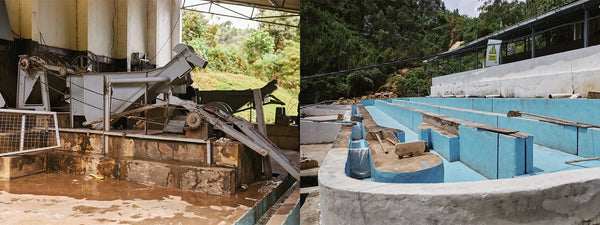THE COFFEE HAS BEEN DESTROYED AND WHAT NOW? THESE ARE CHERRIES THIS IS NOT COFFEE 🧐
Process methods and fermentation play a key role in coffee production and affect the taste, aroma and quality of the final product. Below I will explain some of the basic process methods, including fermentation, used in coffee production:
1. Dry process (Dry process or Natural process): In this traditional method, freshly picked coffee cherries are dried directly in the sun, usually on special drying nets or concrete slabs. During drying, the cellulose and sugars in the fruit are fermented. This gives the coffee a rich and sweet taste with distinct fruity notes. After drying, the skin and pulp are removed mechanically, leaving coffee beans with a dry skin (parchment layer). Then this layer is removed, and the grains are ready for further processing.

2. Wet process (Wet process or Washed process): In this method, the coffee cherries are first washed and the outer layer is removed. Then the grains together with a thin mucous layer (mucilage) are placed in fermentation basins or containers, where fermentation continues. Fermentation helps remove mucilage, allowing the coffee beans to better absorb the flavor of the surroundings. After fermentation, the grains are thoroughly washed and then dried in the sun or with the help of machines.
3. Semi-wet method (Semi-dry process or Pulped natural process): This method is a hybrid combination between dry and wet methods. When coffee cherries are picked, the outer layer is removed, but some of the mucilage is still preserved. The grains with the remaining mucilage are then placed on drying nets to dry in the sun. This process brings a blend of dry and wet method characteristics and provides a more balanced flavor profile.

4. Other methods: In addition to the above three methods, there are other less common processing methods such as maceration, carbonic fermentation, anaerobic fermentation and others. These methods often involve experimental approaches and are incorporated with the aim of creating specific and unique coffee flavors.
Fermentation is a key step in the wet and semi-wet method, as it affects the development of flavor and aroma in the coffee. The duration of fermentation, the type of microorganisms present in the pools, and the control of the process have a significant impact on the final coffee flavor profile. Correct fermentation allows for quality coffee with varied and complex flavors, while improper fermentation can cause errors that are later recognized in the taste of the coffee itself.


